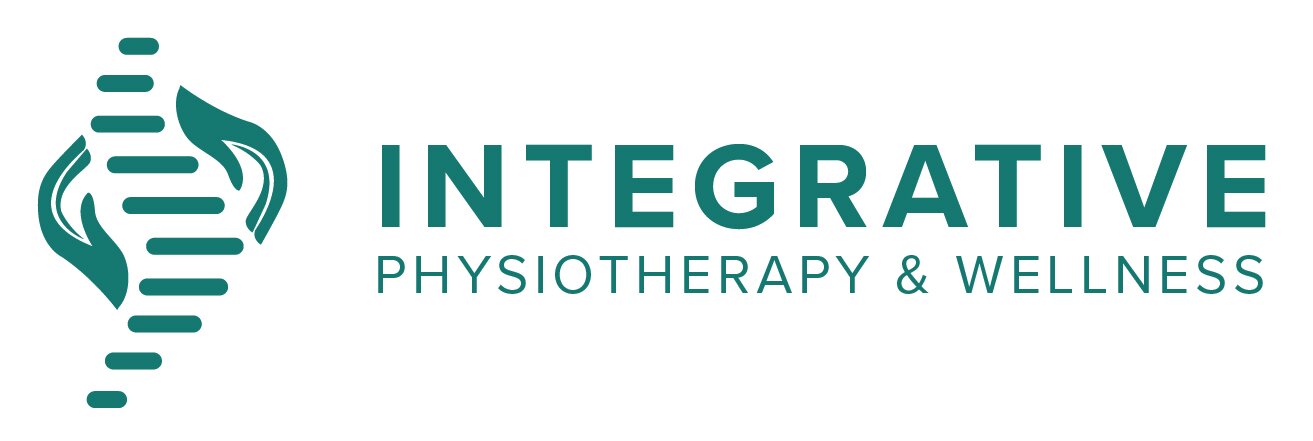Shoulder Pain
Anatomy Overview...
The Shoulder is a ball-and-socket joint that has three main bones: the humerus (long arm bone), the clavicle (collarbone), and the scapula (also known as the shoulder blade).
These bones are cushioned by a layer of cartilage. There are two main joints. The acromioclavicular(AC) joint is between the highest part of the scapula and the clavicle.
The glenohumeral joint is made up of the top, ball-shaped part of the humerus bone and the outer edge of the scapula. This joint is also known as the shoulder joint. The shoulder joint is the most mobile joint in the body. It moves the shoulder forward and backward. It also allows the arm to move in a circular motion and to move up and away from the body.
Shoulders get their range of motion from the rotator cuff. The rotator cuff is made up of four tendons. Tendons are the tissues that connect muscles to bone. It may be painful or difficult to lift your arm over your head if the tendons or bones around the rotator cuff are damaged or swollen.
5 Possible Causes For Your Shoulder Pain.
Degenerative Rotator Cuff: Along with aging, certain factors lead to degeneration of the rotator cuff without trauma like repetitive shoulder movements, overuse of shoulder muscles with a heavy load, and many more, these all cause Internal/External impingement (tendon pinching), and lack of vascularity (blood supply) in the shoulder musculature which eventually results into the process of degeneration. The onset of pain can be sudden or gradual, and it gets aggravated by overhead activities, lifting, pushing/pulling, and especially at night one can feel more intense.
Shoulder instability: Instability is considered a loss of integrity of the stabilizing structure of the shoulder joint which turns into dislocation or subluxation along with pain. Instability can be associated with lesions, tears, or disruptions in muscles or ligament structures. There can be unidirectional(in one direction) (like Anterior, posterior, inferior instability) or multidirectional instability in the shoulder joint due to a traumatic or atraumatic cause. Youngsters and men are more prone to have anterior instability due to trauma. It can be painful or painless in some cases, along with hypermobility and decreased strength in the joint. Some movements can be restricted by pain, it depends on the direction of instability.
Adhesive capsulitis/Frozen shoulder: This is a progressive and painful condition in which the shoulder joint can lose its mobility. It is also characterized by inflammation in multiple areas of the shoulder joint. With the progression of the condition, the space in between joints decreases and it becomes stiffer with losing mobility. Initially, the pain gets higher gradually, but after one point with higher stiffness pain level gets minimized. A person can also get reduced muscle mass at the shoulder joint with the progression of the condition.
Tendon Tear: Some of the most common tears are SLAP (Superior Labrum Anterior & Posterior), Biceps, Triceps, and Subscapularis tears. These injuries can be due to trauma or repetitive microtrauma. SLAP lesions are most common for players with overhead sports. One can complain about deep pain in the shoulder associated with feeling “give out” the shoulder. Difficulty in holding or lifting items in some cases.
Bursitis: It is considered as an inflammation plus synovial fluid accumulation in the bursa (space/sacs in the shoulder joint which reduces friction between bones and tendons). Common people who develop bursitis are diabetes, Gout, Rheumatoid Arthritis, and many more. The symptoms are like any other inflammation, fever, redness, pain, swelling, and warm skin. Sleep can be interrupted due to pain and discomfort in shoulder movements.
Treatment Options:
As physiotherapists, we are able to assess and treat the above conditions with great success. The initial assessment involves an in-depth subjective examination to identify the cause, aggravating and easing factors, and more. A full biomechanical examination is followed to identify what structures are at fault to better put together a treatment plan to help you recover.
Treatment techniques may include manual therapy, including joint mobilization, manipulations, soft tissue release techniques, stretches, and strengthening exercises. Modalities such as ultrasound and acupuncture can be combined to help you with your rehab goals.
These are all common conditions that physiotherapists can treat with great success. If you are struggling with any of the above conditions, get in touch with us, we can help!
Written by: Anjali Patel. Registered Physiotherapist Resident. Orthopaedic Physiotherapist. Concussion Management
References:
https://www.healthline.com/health/chronic-pain/shoulder-pain#_noHeaderPrefixedContent
https://www.physio-pedia.com/Classification_of_Shoulder_Pain
Orthopaedic Division Canadian Physiotherapy Association. Theory Manual
https://orthoinfo.aaos.org/en/diseases--conditions/shoulder-pain-and-common-shoulder-problems/
Integrative Physiotherapy is a Barrie-based clinic that believes in a one-on-one patient-centered, manual therapy (hands-on) approach to physiotherapy. We aim to empower our patients by providing quality care that is personalized to each patient in an interactive and friendly manner. Through the use of the best available treatment techniques, we aim to provide exceptional care so that each patient feels engaged and motivated.
Our therapists are continually upgrading their skills and taking time to provide comprehensive assessment and treatment techniques that are always one one-on-one without the use of assistants or double booking patients to make sure that you achieve your functional and sports goals as soon as possible.
Our therapists would be happy to help you to achieve your goals, get in touch to schedule your appointment. Don’t let pain ruin your day!

